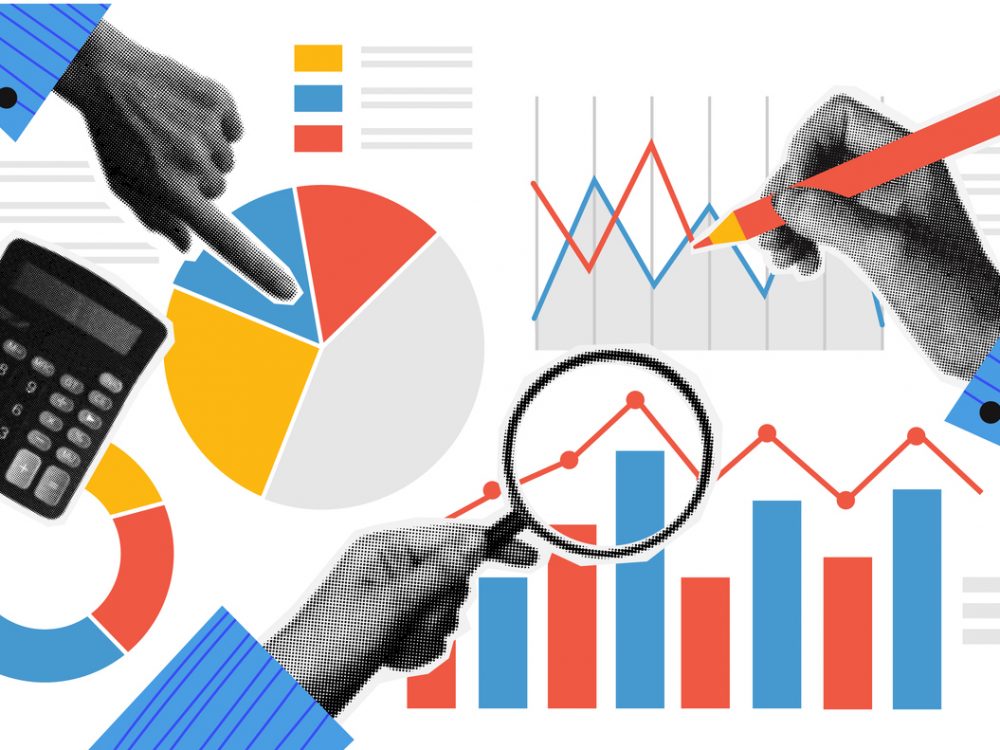What Do We Mean by “Gender Data?”
March is International Women’s History Month. In the coming weeks, DG will be publishing a series of blogs that highlight and honor the work that we and others are doing to support the vital role of women. We’re kicking off the series with this post, highlighting the importance of gender data.
DG’s Annie Kilroy breaks down what we mean by gender data!
Transparency within gender-sensitive programming ensures that those programs meet specific needs of vulnerable populations, contributing to more equitable and sustainable outcomes. However, development actors struggle to systematically track efforts to mainstream gender-sensitive programming. Further, it is rarely done in a way that facilitates learning and data-driven decision making to improve outcomes for women and girls.
Each kind of gender data collected and used in development programming has different use cases, and different degrees of availability and quality. At DG, we break down gender data into three types:
-
Gender-disaggregated data (GDD) is sub-categorized into a (typically binary) distinction of male and female. Without GDD, women and girls are effectively invisible. GDD provides visibility into how programming targets and impacts women and girls.
-
Gender Policy Markers (GPMs) indicate the extent to which gender-equitable considerations were made in the design and implementation of a project. GPMs facilitate monitoring and analysis of policy and program commitments to gender equality. They can also be aggregated to monitor how entire programs, countries, or development actors are promoting gender equality – see examples from CARE, OECD, and the United Nations Peacebuilding Fund.
-
Gender Sector Markers (GSMs) denote projects that specifically target increased gender equality and/or empowerment as a primary outcome, as if it were denoting an agriculture, education, or nutrition sector project. They allow users to isolate programs that specifically target gender equality. Examples include OECD CRS Purpose Codes 15180 and 15170.
Research exists on the lack of GDD in SDG reporting, government statistical systems, and administrative data systems. However, there is little discussion on comprehensive gender-disaggregated M&E data to track outcomes of development and humanitarian programming for women. Further, while gender markers evaluate the extent to which programming contributes to gender equality, there is little consensus on which marker is “best” in terms of methodological rigor, or utility for learning and adaptation.
To address this gap, Development Gateway recently partnered with Development Initiatives to review available gender markers for the Inter-Agency Standing Committee’s Grand Bargain transparency workstream, and assess their utility for learning and data-driven decision making. We found:
1. OECD’s Gender Equality Policy Marker (GEPM) is best suited to advance transparency and accountability towards gender equality commitments. However, its three-tiered, self-reported evaluation is not rigorous enough for the level of detail or rigor required for learning or improving outcomes for women and girls..
2. The Inter-Agency Standing Committee (IASC)’s Gender with Age Marker (GAM) is much better suited for learning and decision making, but uptake has been slow and completion requires strong initiative from both project officers and program managers.
3. Both gender markers require gender-disaggregated data as a basis for analysis, and that disaggregated data is not always available.
Without accurate, timely, and high-quality gender-disaggregated data, there is no basis for evaluating gender policy markers. In achieving more and better gender-disaggregated data, we must go further than simply disaggregating beneficiaries by gender, or evaluating the effects of programming on men vs. women. There are many other opportunities where gender data can facilitate more meaningful analyses. Consider, for example, the kinds of gender-disaggregated data (that do not include beneficiaries) that would be required to conduct a GAM analysis across the four pillars:
| Gender-disaggregated data required | |
| Needs Analysis | Whose (m/f) needs did they consider? |
| Adapted Assistance | Who (m/f) did they coordinate with?
Who leads CSOs that you worked with? |
| Adequate Participation | Who (m/f) did they gather feedback from?
Who (m/f) was involved in the decision making? |
| Review | Whose (m/f) satisfaction was collected and analyzed? |
The GAM asks users to consider gender-equality in terms of influence on the project, but this analysis cannot be done unless GDD on decision makers and consultants is systematically captured in the M&E process. In addition to gender policy markers, the availability of GDD, such as the number of female leaders and consultants in civil-society partners, can enable the use of Gender Sector Markers to denote CSOs and advocacy organizations.
Use Cases for Varying Kinds of Gender Data
Because different types of gender data are used differently, increased transparency of each type will impact progress towards equality differently:
-
More GDD promotes gender equality by ensuring that women and girls are appropriately identified and targeted, and that results data can be analyzed for gender-specific impacts.
-
More GPMs holds actors accountable to gender-sensitive strategies, by highlighting where and how gender considerations are incorporated into programs.
-
More GSMs enable monitoring and targeting of gender equality-focused outcomes, organizations, and financing.
Lessons From Canada
Last year, DG worked with Global Affairs Canada (GAC) to develop the first-of-its-kind Feminist International Assistance Policy (FIAP). Specifically, we built a comprehensive M&E work plan, designed to fit within existing frameworks, and calculate pre-FIAP baseline values for 26 indicators. In collecting and reporting against GAC’s FIAP M&E indicators, we found that the number one barrier to a meaningful gender-sensitive M&E plan was poor data quality and availability. Because the gender equality initiative was new, Canada did not require data collection or reporting beforehand. Therefore, gender-sensitive indicators did not exist when M&E plans were built. So while projects may contain FIAP-relevant elements (i.e., responding to sexual and gender based violence or providing sexual and reproductive health rights), that information may not be systematically captured anywhere.
Stay tuned for Part 2 of this post, where we’ll discuss how to catalyze the use of gender data in a practical and pragmatic way, even when gender-disaggregated data is not readily or completely available.
Share This Post
Related from our library

From Data to Impact: Why Data Visualization Matters in Agriculture
This blog explores why data alone isn’t enough; what matters is turning it into usable insights. In agriculture, where decisions have lasting impacts, user-friendly tools help farmers and policymakers alike make better choices.

Harnessing the Power of Data: Tackling Tobacco Industry Influence in Africa
Reliable, accessible data is essential for effective tobacco control, enabling policymakers to implement stronger, evidence-based responses to evolving industry tactics and public health challenges. This blog explores how Tobacco Industry strategies hinder effective Tobacco control in Africa, and highlights how stakeholders are harnessing TCDI Data to counter industry interference.

Economic Toll of Tobacco-Related Diseases in Kenya: New Research Findings
Development Gateway: An IREX Venture (DG) is pleased to announce the publication of a research manuscript on the Economic Costs of Tobacco-Related Illnesses in Kenya. This research was carried out as part of the Tobacco Control Data Initiative (TCDI) activities in Kenya and is part of a broader report on Morbidity and Mortality from Tobacco Use in Kenya.